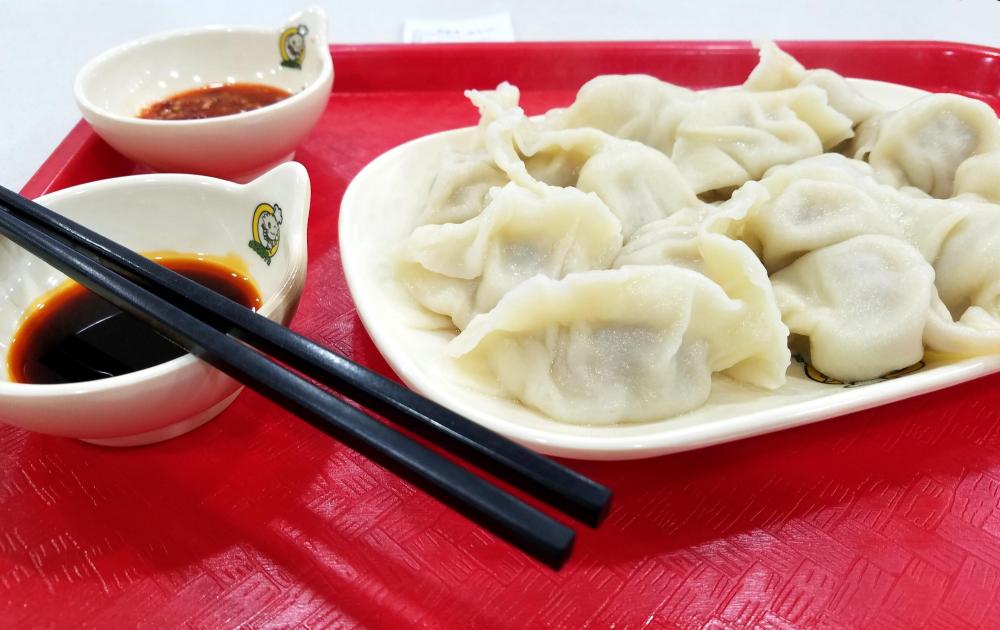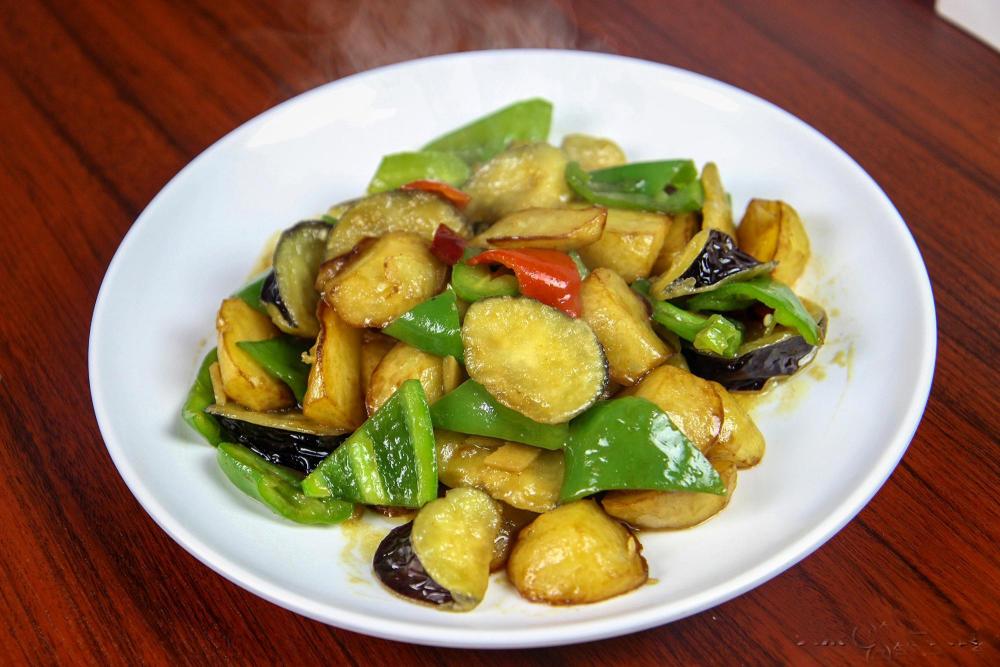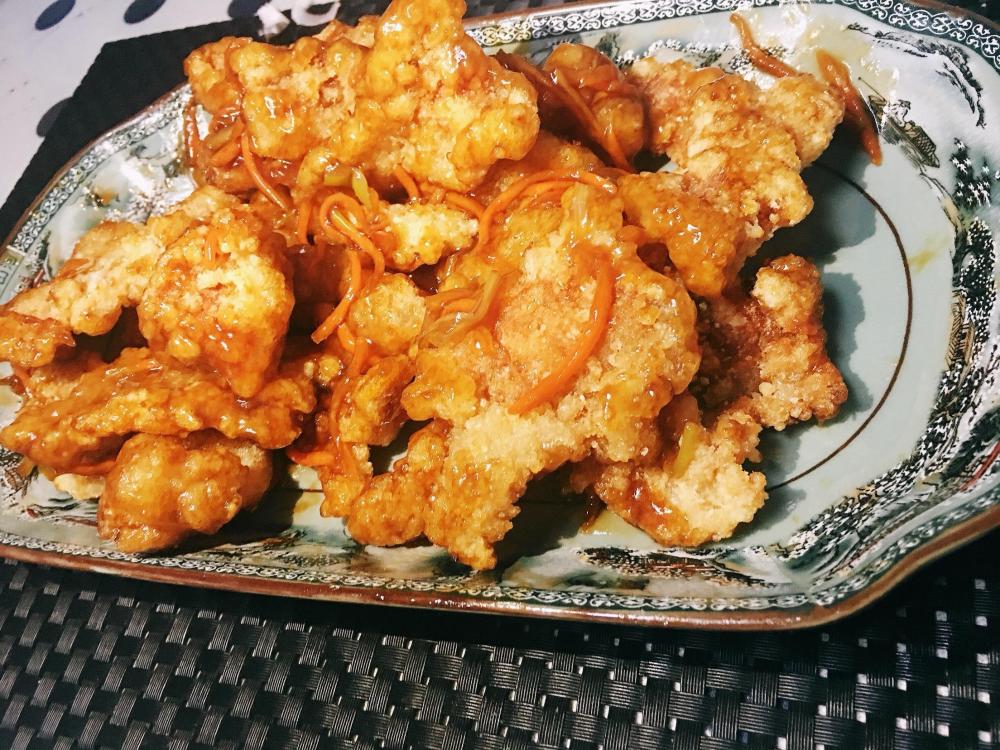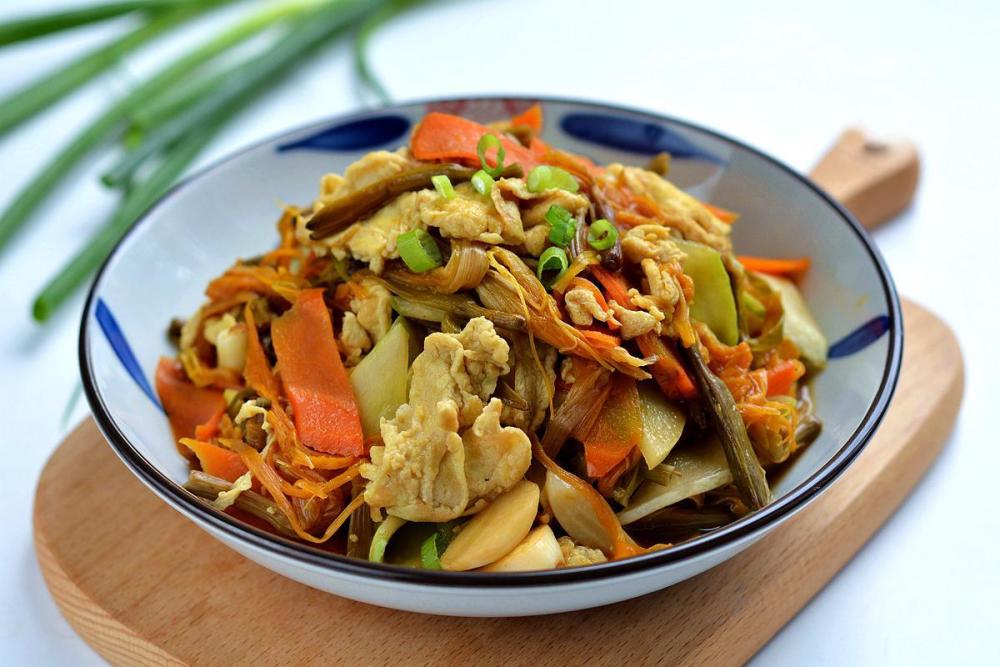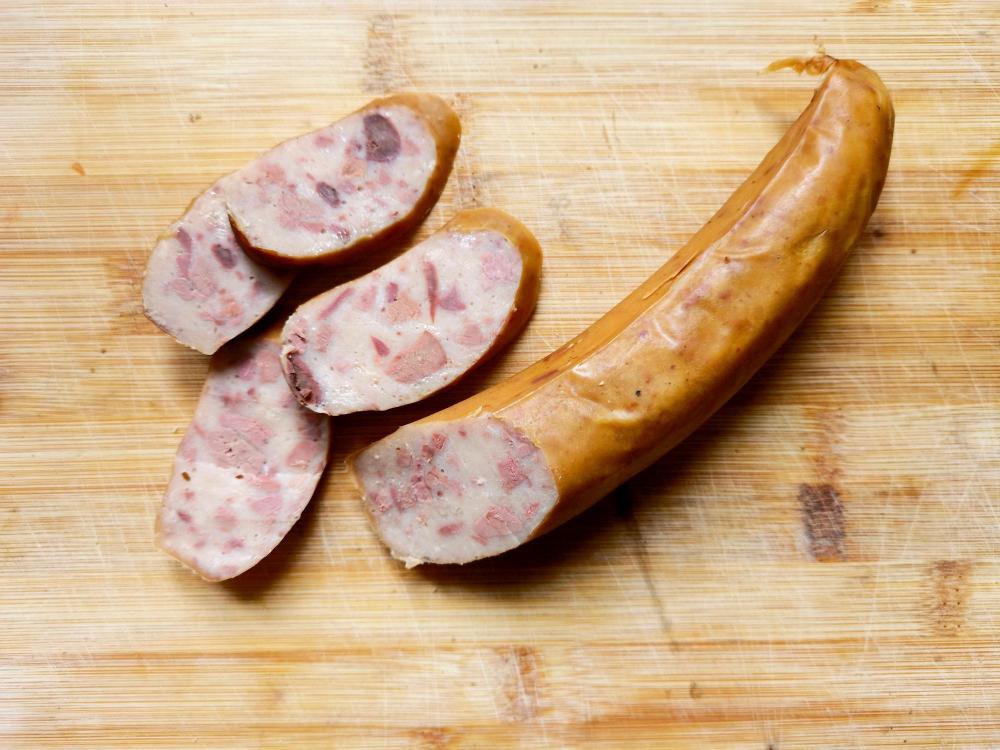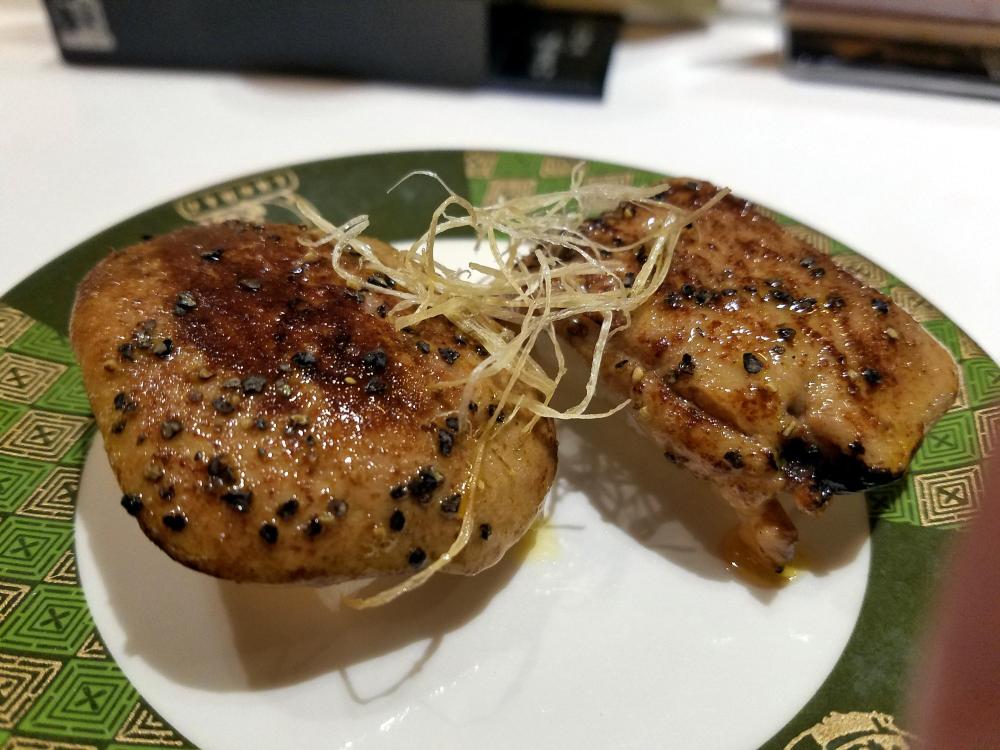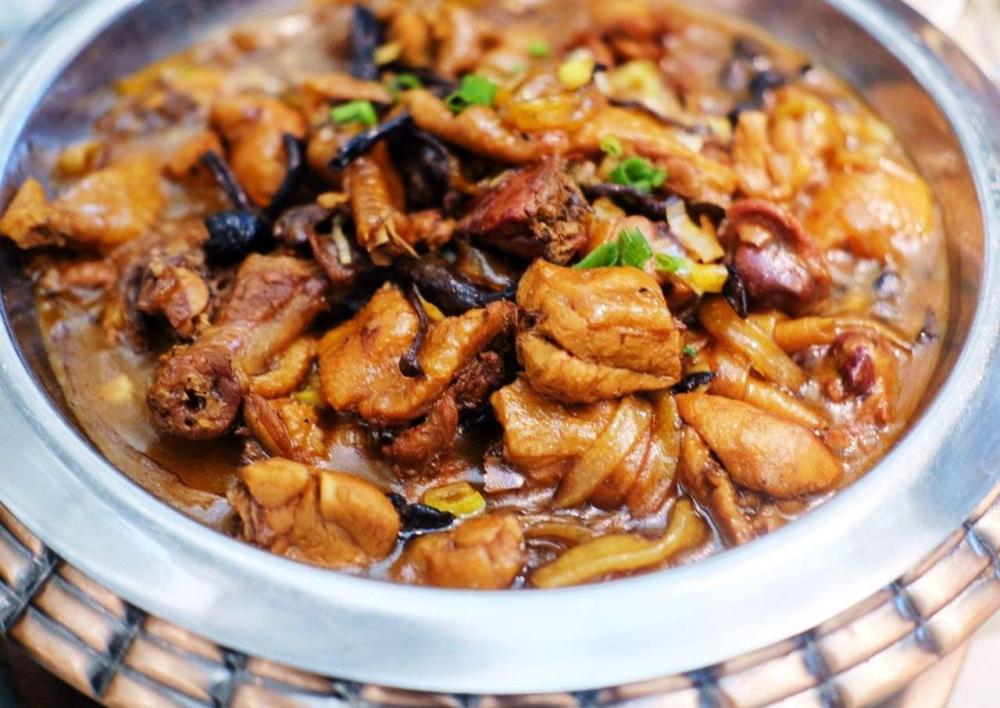东北 Cuisine – North-Eastern Cuisine Part One - 龙江菜 (lóng jiāng cài) Heilongjiang Cuisine
In this post I’m heading to the frozen north, not in person, but in terms of describing as much of China’s various regional cuisines as I can.
东北 (dōng běi) literally means ‘east-north’, the Chinese way of saying north-east and comprises the three provinces of 黑龙江 (hēi lóng jiāng), Heilongjiang, 吉林 (jí lín), Jilin and 辽宁 (liáo níng), Liaoning. The area is in China’s north-eastern corner bordering Russian Siberia, Mongolia and North Korea. It’s damned cold.
Until recently, this cuisine wasn't well known even in China and I guess still isn't abroad. But that is changing and the area is becoming fasionable. That said, there are a couple of dishes whose names you may know if not the original renditions.
This area was what some people still call Manchuria (Chinese: 滿洲), a term many Chinese find distasteful as it reminds them of them of the puppet state, 满洲国 (mǎn zhōu guó), in Mandarin; manchou kuni in Japanese) which Japan set up after invading China in 1932 and annexing the area under the puppet-leadership of Puyi (溥仪 – pǔ yí), the last Chinese Emperor who had abdicated as a child back in 1911. He was dragged back basically as a hostage. He was imprisoned by the communist regime after 1949, but released after ten years. His story is the subject of Bertolucci's biopic “The Last Emperor”. He lived out his life as a gardener and died in Beijing in 1967. The Japanese were booted out in 1945 at the end of World War Two. In 1949, Mao’s new government changed the name and divided it into the three new provinces.
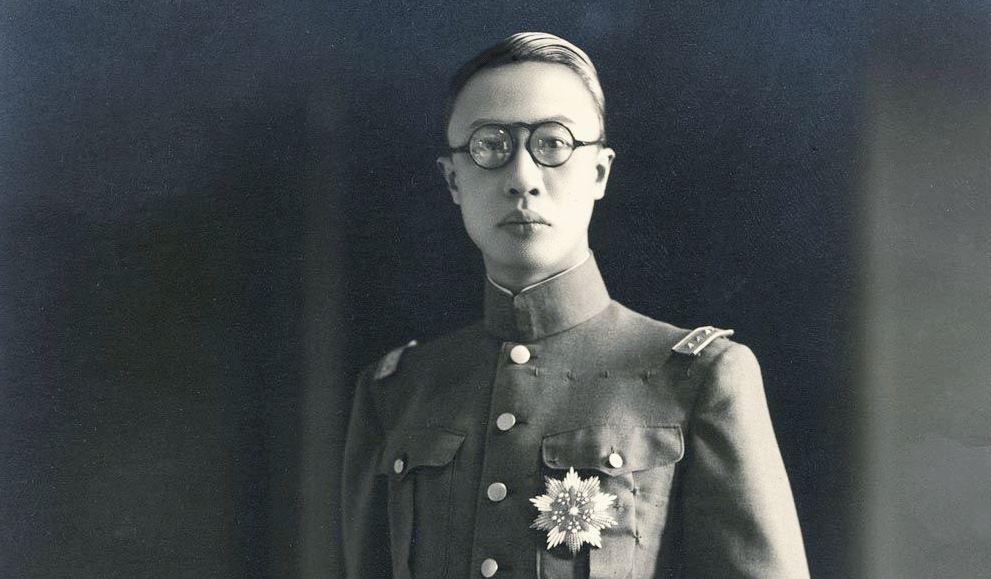
Puyi - The Last Emperor - Public Domain Image
I’ll take the three provinces in turn, heading north to south. Heading south is always best in the northern hemisphere, I find.
Heilongjiang is named after its principal river and means ‘black dragon river’. It is bone-chillingly freezing in winters with temperatures falling to -40℃ / -40 ℉. The capital, 哈尔滨 (hā ěr bīn) Harbin holds an ice festival every winter. I’ve never been even in summer. I don’t do cold. Heilongjiang borders Siberia (which, perversely, I have been to). That probably explains why I don’t go back.
The 龙江菜 (lóng jiāng cài) as they call their food is, as in all of Dongbei, is hearty and the portions famously ample. Also, like most of northern China they traditionally use wheat rather than rice, in the form of breads and especially dumplings. This is where 饺子 (jiǎo zi) Jiaozi originated. The Japanese stole them and called them 餃子 (gyoza), their attempt at pronouncing the Chinese and using the Traditional characters, no longer used in mainland China. One of my favourite places in town is 哈尔滨饺子王 (hā ěr bīn jiǎo zi wáng), a family run restaurant whose name means ‘Harbin Jiaozi King’. The family is from Harbin and most people agree their jiaozi are the best. They sell thousands of handmade jiaozi every day.
Harbin Jiaozi King - Liuzhou
Harbin Jiaozi King's Wares
Heilongjiang also use potatoes, sorghum and c⊘rn as starches, the latter being another good reason for me never to go there!
地三鲜 (dì sān xiān), is a favourite here. It literally means means ‘earth’s three delicacies’ and is stir fried potatoes, hot green peppers, and eggplant with a moderately sweet soy sauce. It is served with hearty meat dishes.
Earth's Three Treasures
Harbin is also the origin of sweet and sour pork. Known locally as 锅包肉 (guō bāo ròu), this is, in all likelihood, rather different from the offering in your local Happy Wok, or whatever. Not nearly so sweet and certainly doesn’t glow in the dark. Larger slices of pork are coated in potato starch (not batter) and double fried. First at a lower temperature, then again in hotter oil to crisp it up. Stop there! At least that is what the Harbinites did until some Russian traders requested a sauce with it and the modern version evolved. The sweet comes from a moderate amount of sugar – around 100 grams / 3½ ounces to 500 grams / 1lb meat and is balanced by 150 ml / 10 tablespoons of rice vinegar. The sauce also contains rice wine, preferably Shaoxing, garlic, ginger and soy sauce.
Guo Bao Rou
木樨肉 (mù xī ròu), Mu Shu Pork is also local, but also not much like that found in the west. And it is emphatically served with pancakes, but with rice. And it isn’t mu SHOO either, but xī, which is pronounced sort of like ‘she’ as the pronoun for females. The mù refers to the wood-ear fungus which are an essential element of the dish; the xī means osmanthus, referring to the aroma; and ròu is the meat.
Mu Xi Rou (Mu-Shu Pork)
Heilongjiang is also noted for its goose farms. Most of that is sent south to Guangdong and Hong Kong to be roasted as famous in Cantonese cuisine. What I get are the livers, both natural and as foie gras.
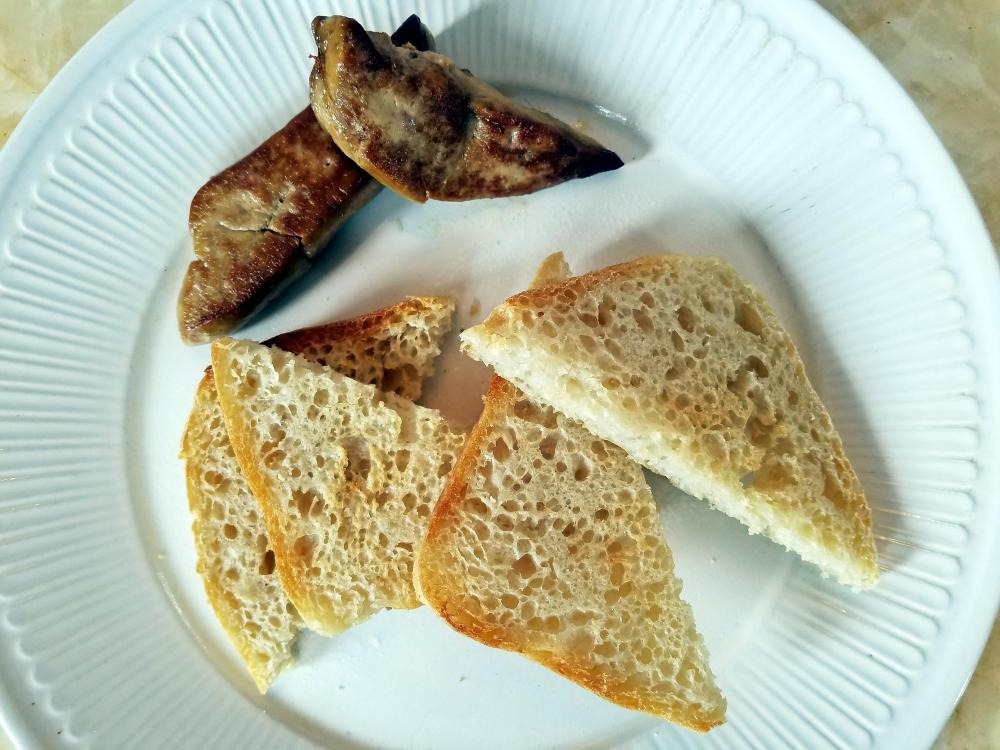
Goose Liver and Toast
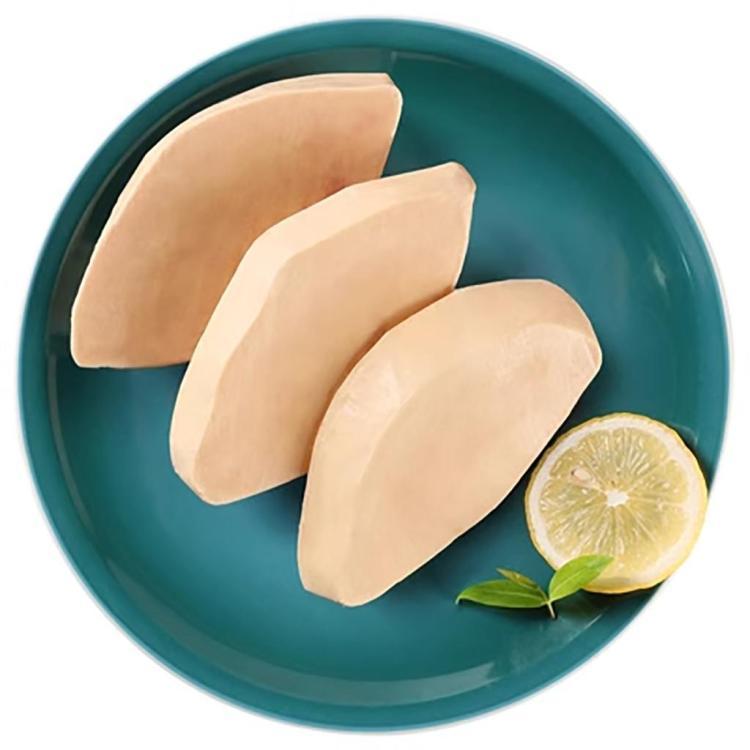
Heilongjiang Foie Gras
Also available are these rather good goose liver and pork sausages.
and, bizarrely given the history of ther region and Japan, the local livers are available in Japanese restaurants there as liver sushi. The restaurants are all Chinese owned. (Anyway, sushi originated in China).
In the far north-west of Heilongjiang, bordering Siberia is 兴安岭 (dà xīng ān lǐng) Daxinganling, a mountain range and wooded area. The area has an average annual temperature of -2.8C /27F and in the long winters gets as low as -40C / -40F). Summer is a mere two months long. The area is known for its mushrooms and other wild foods. Particularly prized are 元蘑 (yuán mó), Armillaria mellea, wild honey mushrooms which are made into 小鸡炖蘑菇 (xiǎo jī dùn mó gu) a delicious chicken and mushroom stew. Stewing is not, as I’m sure you know, a common Chinese technique, but Heilongjiang has many examples – blame the weather. Incidentally these mushrooms also grow in America so you needn’t visit the frozen north to sample it. I buy them dried here and they rehydrate well.
Chicken and Honey Mushroom Stew
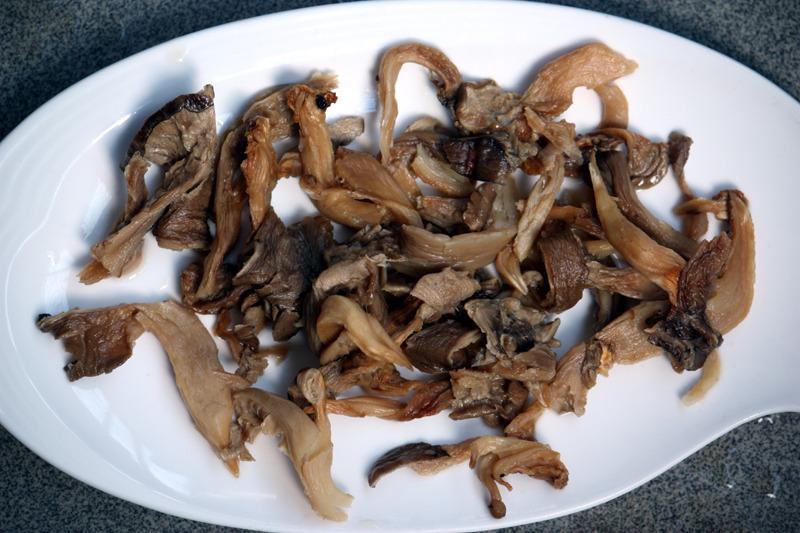
Rehydrated Dried Honey Mushroom.
The closeness of Russia and the long-established trade relations in Heilongjiang mean that the cuisine has a noticeable Russian influence. Sold all over are 哈尔滨红腊肠 (hā ěr bīn hóng là cháng), Heilongjiang red sausages. These were introduced to China from Russia at the beginning of the 20th century. It resembles a smoked Polish or Lithuanian sausage much more than the well-known lapcheong Cantonese sausages. They are relatively low in fat and smooth textured. Me likes 'em. These are often served with 大列巴 (dà liè bā), a type of rye bread with raisins which was also introduced by Russia in the 1950s.
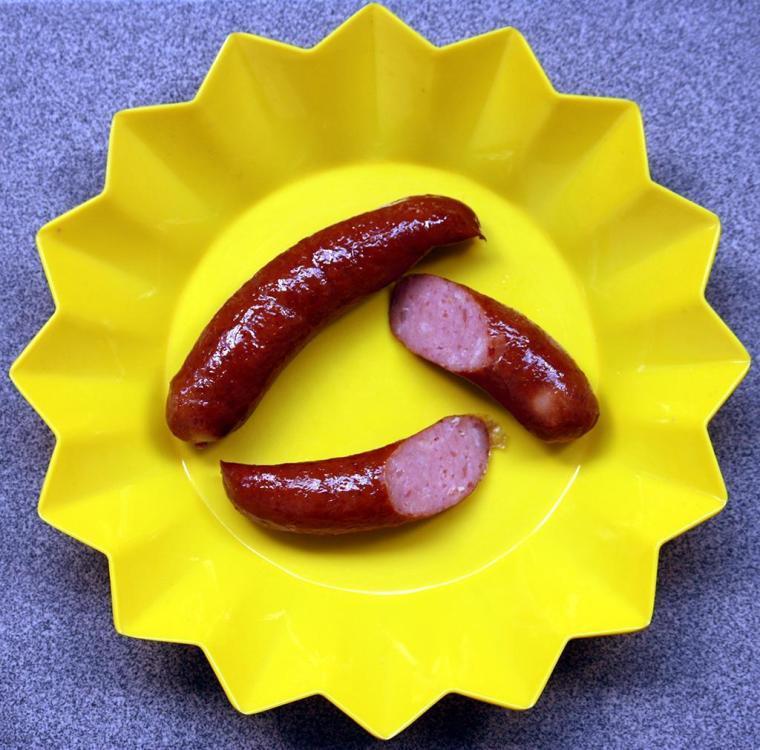
Harbin Red Sausage
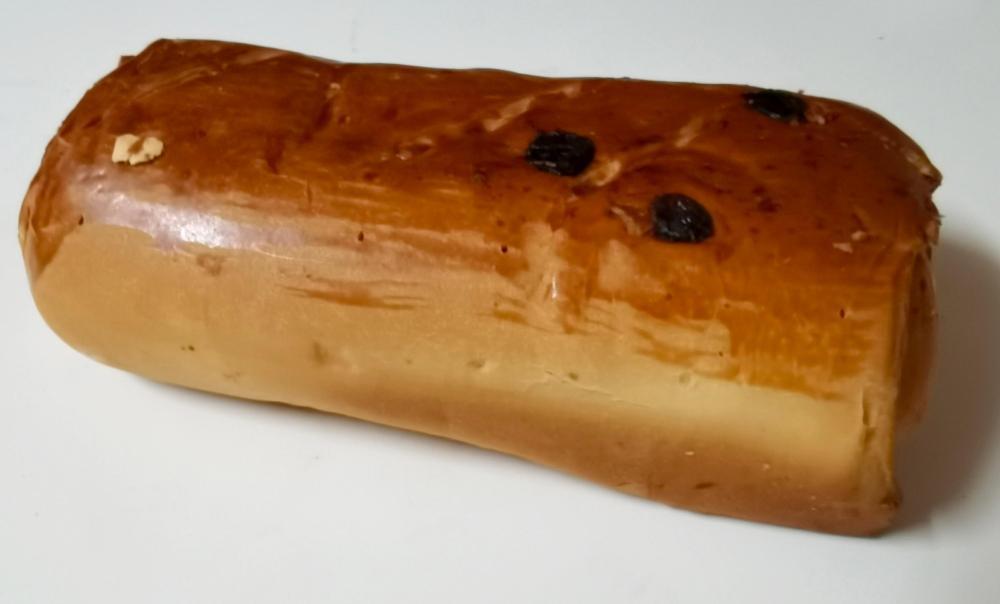
Da Lei Ba - Russian Style Raisin Bread made in Harbin.
Next up, Jilin which I have visited – in summer!


